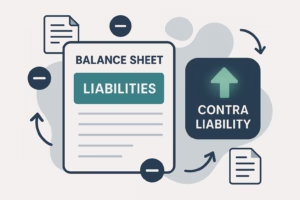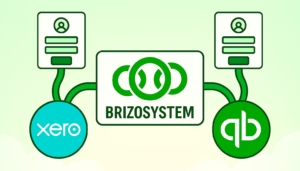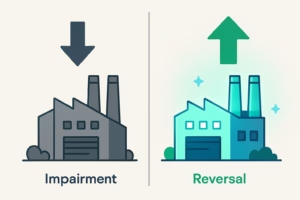BrizoSystem
-

Understanding Contra Liability Accounts in Accounting
—
in AccountingIn financial accounting, most liabilities represent amounts a company owes to others — such as loans, payables, or accrued expenses. However, not all liabilities simply increase what a company owes.Enter…
-

Intercompany Loans and Interest: Accounting, Elimination, and Common Mistakes
—
Introduction: The Hidden Complexity Behind Simple Loans At first glance, intercompany loans appear straightforward — one entity within a group lends money to another. However, when it comes to financial…
-

Seamless Login Options Now Available: Xero & QuickBooks Integration
—
We’re excited to announce a new enhancement to BrizoSystem’s login experience — you can now log in using your Xero or QuickBooks accounts! What’s New? Previously, users logged in using…
-

What is Accretion Expense?
—
in AccountingAccretion expense is an accounting term used to describe the gradual increase in the carrying amount of a liability over time. It represents the unwinding of a discount on long-term…
-

The Role of Consolidation in IFRS vs. US GAAP: Key Differences for Global CFOs
—
Introduction: A CFO’s Dilemma Imagine this: your group headquarters in London reports under IFRS, but your U.S. subsidiary reports under US GAAP. When quarter-end arrives, you’re staring at two sets…
-

What is a Deferred Tax Asset (DTA)?
—
in AccountingA Deferred Tax Asset arises when a company has paid more tax or has tax-related benefits that can be used to reduce future tax liabilities. It’s essentially an accounting way…
-

Foreign Currency in Consolidation: Best Practices for Eliminating FX Noise
—
Introduction For multinational groups, foreign currency is more than just an accounting technicality — it’s one of the biggest sources of complexity in consolidation. Exchange rate fluctuations can create FX…
-

What is Impairment Reversal?
—
in AccountingIn accounting, an impairment occurs when the carrying value of an asset on the balance sheet is higher than its recoverable amount (what the company can actually recover through use…
-

Intercompany Reconciliations: How to Streamline the Most Time-Consuming Step in Consolidation
—
Introduction If you ask any group finance team what slows down the consolidation process the most, the answer is almost always the same: intercompany reconciliations. Each entity records transactions with…
